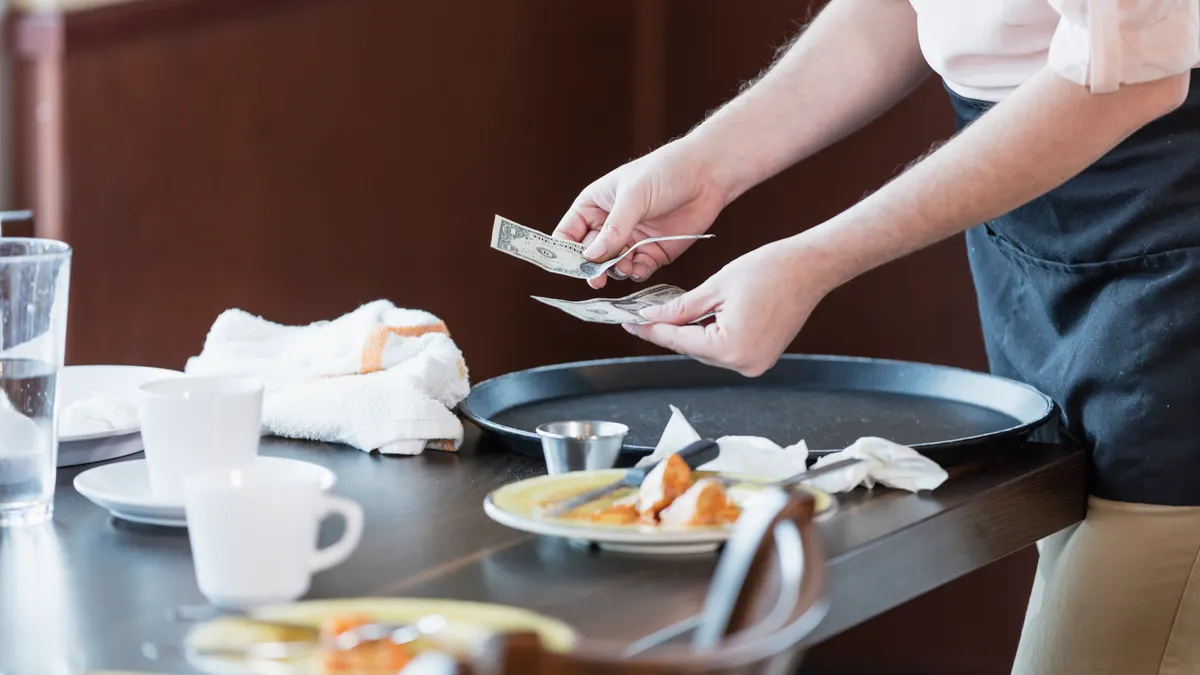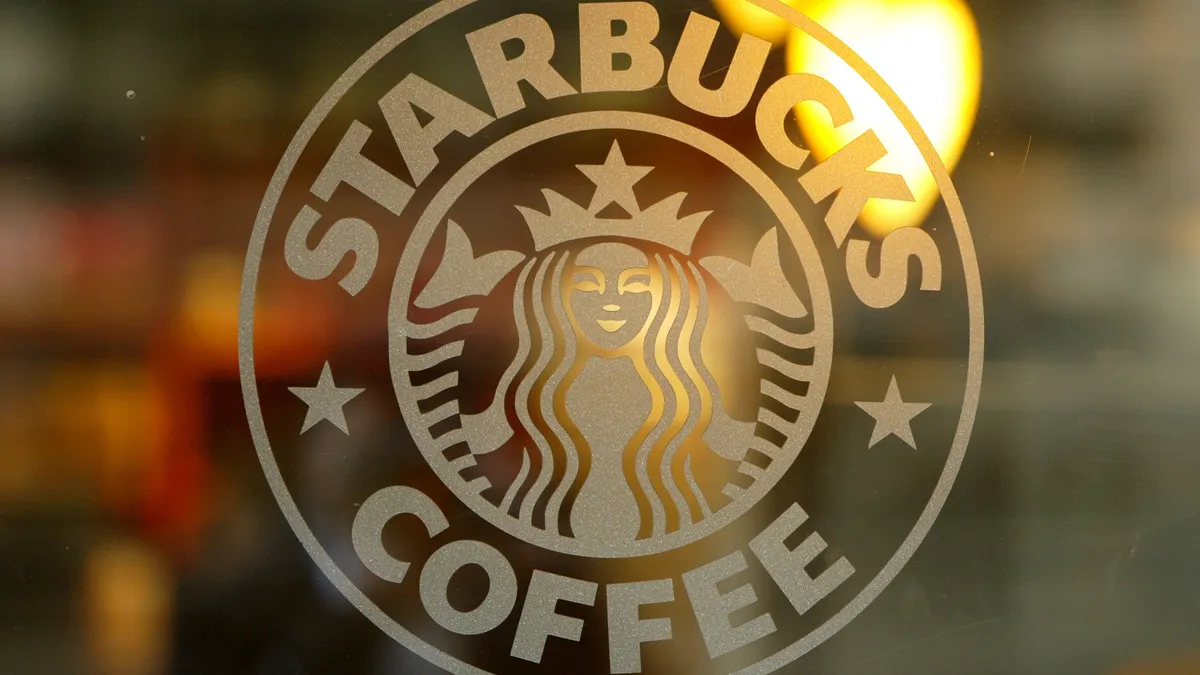The following is a guest post by Chris Comparato, CEO of Toast.
We need Congress to act as soon as possible to replenish the Restaurant Revitalization Fund, which last March awarded $28.6 billion in federal aid to tens of thousands of hospitality businesses. Initial funds from the RRF, which is run by the federal government's Small Business Administration, have already been distributed and the program was underfunded to begin with.
A replenishment would mean everything to a sector that needs and deserves it. Restaurants have proven their resilience at every turn in this pandemic, adapting again and again to the new rules and realities of operating a people-centric business in a global health crisis. While at their most vulnerable, restaurants invested heavily across the board to adapt to the hand they were given and modernize everything from contactless payments and online ordering and delivery to inventory management and employee safety.
While restaurant operators who transformed their businesses have emerged from this crisis stronger, many are still saddled with debt from early on in the pandemic. Without federal support, a hard road still lies ahead for the industry at large. The benefits restaurants offer our economy are obvious: they made $799 billion in sales as of 2021 (down $65 billion from 2019)and employed 14.5 million people at the end of 2021 (down 1 million from pre-pandemic staffing). There's a saying for this: as restaurants go, so goes the economy.
Looking back, restaurants endured weeks, if not months in some cases, of closures in 2020 and more recently saw their dining crowds temporarily thin again in December and January during the surge of the COVID-19 omicron variant. While some are likely fit for the long haul, they deserve better than to go it alone after all they have been through. Further, many restaurants are skating on thin ice and haven't yet received the funds needed to survive the long haul in the changed market landscape.
Main Street calls for assistance
There's hope on the horizon. Chuck Schumer, the Senate's majority leader from New York, and other congressional advocates are calling for a renewal round of funding for RRF of about $48 billion. Additional congressmembers should join them because this is a Main Street issue. Across America, hospitality operators and employees need this replenishment to happen. Consider that in Michigan alone, there are reportedly more than 16,000 restaurants and bars that are barely making it right now. Consider that in 2021, only 105,000 hospitality businesses received RRF funding out of around 370,000 hospitality businesses which applied for it. Consider that 85% of restaurant operators— which were already dealing with razor-thin margins — have been seeing smaller margins than before the pandemic.
What's more, neither franchisees nor independent restaurants have recouped their losses from the rough-and-tumble 2020-2021 cycle, when they also accrued business expenses to adapt to the new normal with investments in technology, employees and guest safety. From the disruption of the pandemic itself to supply chain issues and labor shortages, the restaurant industry has been incredibly challenged but remains resilient.
Investments are more crucial than ever
With omicron largely behind us and spring awakening across the country, now is a critical time for restaurants to invest for the months ahead. Major chains and independent restaurants alike are entering an era I like to call "New Hospitality,"which centers on technologies enabling better guest and employee experiences. These digital tools can help restaurants generate orders through multiple channels, cut costs, manage inventory and handle payroll, among other objectives.
In this era of New Hospitality, funding can help restaurants become more durable across physical and digital spaces, making dining experiences more convenient and personalized for consumers and streamlining operations. A key operational upshot: restaurants have realized they no longer need to overly rely on table service or, in some cases, delivery, to turn a profit.
For restaurants that have quickly adapted and embraced technology, recovery is pacing in the right direction. In Toast's new report based on data from 57,000 restaurant locations (7% of the total U.S. market), 2021 sales increased 41% compared to the year before. And on-premise dining sales have rebounded from the beginning of the pandemic, growing 55% in 2021 compared to 2020.
Still, this is not the time for the government to shift into idleness. Restaurants need investment to compete in the New Hospitality era. All told, the pandemic, supply chain issues and labor shortages have left our country's resilient restaurant industry — which is not only a crucial economic engine but an irreplaceable social and cultural element —in dire need of assistance. Congressional members stepped up to the plate last year and helped out thousands of eateries and hospitality brands.





















